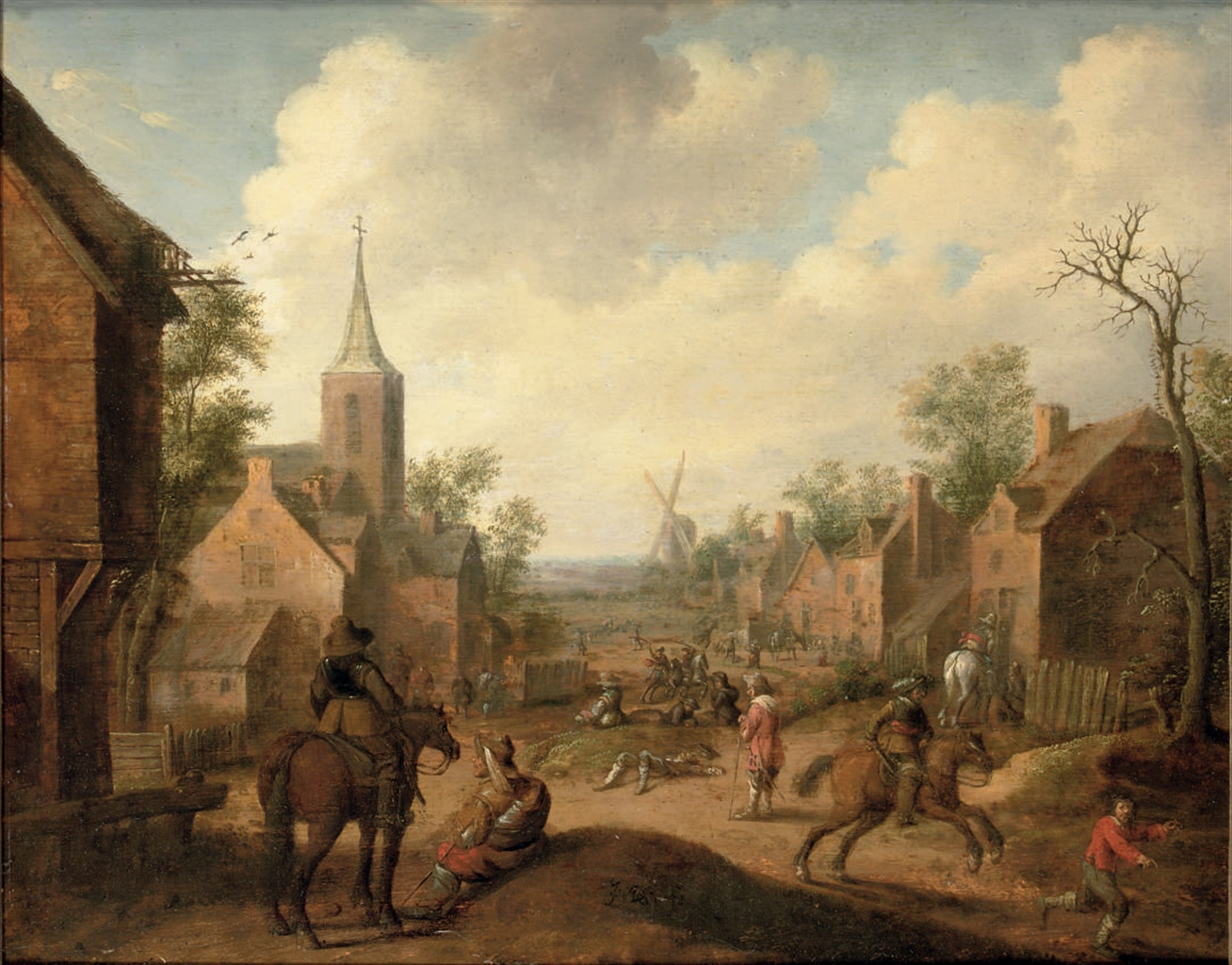Jensen’s The Cross shares the same virtues as Fine’s. Like Fine, Jensen not only discusses material artifacts, pictorial images, texts from the Bible and later theological reflection and debate, she has other material available to her: she narrates the story of the True Cross, traces the evolution of the cross as an object of veneration, demonstrates cross-piety in hymnody, and discusses what I’ll call invisible ritual crosses, namely, the sign of the cross with which Christians mark themselves by gesticulation.
Read MoreSBL 2018 Book Review Panel | Art and Religion in Antiquity
Steve Fine assures us that they are not doing so, but the whole idea of matching Cross and Menorah volumes invites an immediate question: is there anything uniquely or especially valuable in focusing on such symbols? Do all religions have core symbols?
Read MoreSBL 2018 Book Review Panel | Art and Religion in Antiquity
At the 2018 meeting of the Society of Biblical Literature in Denver, two program units collaborated in reviewing two books published by Harvard University Press: Robin Jensen’s The Cross: History, Art and Controversy (2018) and Steven Fine’s The Menorah: From the Bible to Modern Israel (2016).
Read MoreDissertation Spotlight | Divine Accounting: Theo-Economics in the Letter to the Philippians
In the ancient Mediterranean, the divine was an active participant in the economy. In Divine Accounting: Theo-Economics in the Letter to the Philippians, I investigate how early Christ-followers used financial language to articulate and imagine their relationship to the divine.
Read MoreGenealogical Bewilderment: Between the Scholarly and the Personal in the Quest for the Origin of the Jews
Steven Weitzman reflects on the personal aspect of writing about the quest for the origin of the Jews: “I knew this book would have to be a meta-study more than a historical one, an exploration of how we think about origins more than attempt to solve the riddle of origin.”
Read MoreDissertation Spotlight | The Media Matrix of Early Jewish and Christian Literature
My research contributes to a growing body of scholarship that takes as axiomatic the claim that understanding the media context of antiquity is an essential task for interpretation. It also opens further avenues for considering how narratives were composed and received in Second Temple Judaism, as well as the relationship between composition and reception.
Read MoreJohn’s Apocalypse and Theriocidal (animal-killing) Empires
In my book, Apocalyptic Ecology, I utilize venationes as part of the Roman world against which John of Patmos reacted in writing the New Testament book of Revelation.
Read MoreInner Animalities
Scholars of animal studies unanimously reject anthropological exceptionalism. Much of the conversation in the field has turned on how to reject it and why we ought to do so. In the wake of this literature, I find myself all the more intrigued by the textual ecology of late antique Christianity, since these texts play an outsized role in shaping the shared topography of humanness and animality that we find ourselves inhabiting.
Read MoreTextual Objects and Material Philology
These essays were part of a panel at the Society of Biblical Literature 2018 Annual Meeting titled, “Textual Objects and Material Philology,” inspired in part by the publication of Snapshots of Evolving Traditions (eds. Lied and Lundhaug).
Read MoreTextual Scholarship, Ethics, and Someone Else's Manuscripts
The Plunders of Codex Bezae
Two languages, two scripts, three combinations: A (personal?) prayer-book in Syriac and Old Uyghur from Turfan (U 338)
Adam Bremer-McCollum’s contribution to the Textual Objects forum.
Read MoreContinue to Sing, Miriam! The Song of Miriam in 4Q365
A Material History of the Tura Papyri
Blossom Stefaniw’s contribution to the Textual Objects and Material Philology Panel from SBL 2018.
Read MoreIs Vienna hist. gr. 63, fol. 51v-55v a “fragment”?
Janet Spittler’s contribution to the Textual Objects and Material Philology Panel from SBL 2018.
Read MoreDissertation Spotlight | Monika Amsler
Monika Amsler. “Effective Combinations of Words and Things: The Babylonian Talmud Gittin 67b-70b and the Literary Standards of Late Antiquity,” PhD Dissertation, University of Zurich, Switzerland, 2018.
Read MoreArt as a Medium of Religious Dialogue and Competition in Late Antiquity
Dr. Catherine Hezser introduces her book Bild und Kontext: Jüdische und christliche Ikonographie der Spätantike: “I examine exemplary biblical, mythological, and symbolic images in the context of Jewish, Christian, and Graeco-Roman literary sources to determine their possible uses and meanings within the multi-cultural realms of late antique society. I argue that the images were carefully chosen to engage in an ongoing visual discourse within the public sphere.”
Read MorePublication | Christian Reading: language, ethics and the order of things
My book is about reading as world-building, because reading with a grammarian in antiquity meant reading in a pool of fragmentation, displacement, and homogenization to re-arrange time and re-align filiation.
Read More“We solved racism!” and other miscalculations in the biblical studies classroom
“One plus one plus one cannot equal one. Neither does the Old Testament equal the Tanakh. They are not one.”
Read MoreUnexpected Influences | In the Eye of the Animal: Zoological Imagination in Ancient Christianity
The intellectual climate had changed, and I saw that I needed to situate my work as an historian in contemporary animal theorizing in order to be responsive to the interpretive richness of this new cultural moment in scholarship and to develop a vocabulary that might enable a reading “otherwise” of ancient Christian texts that feature animals.
Read More















